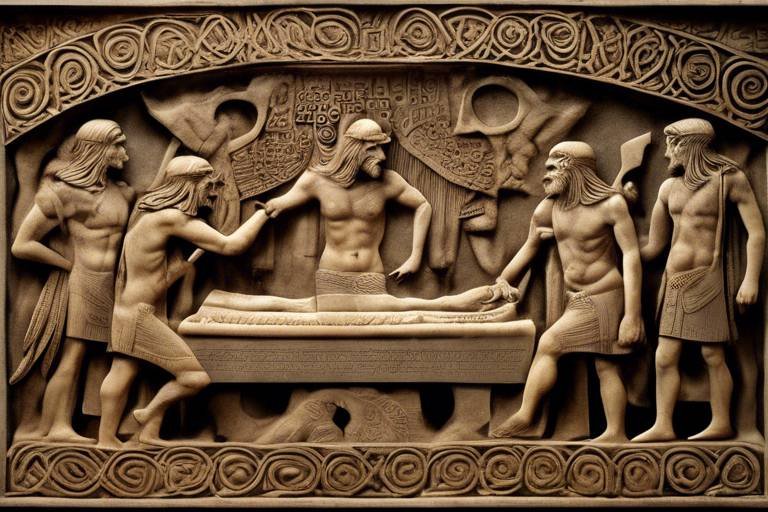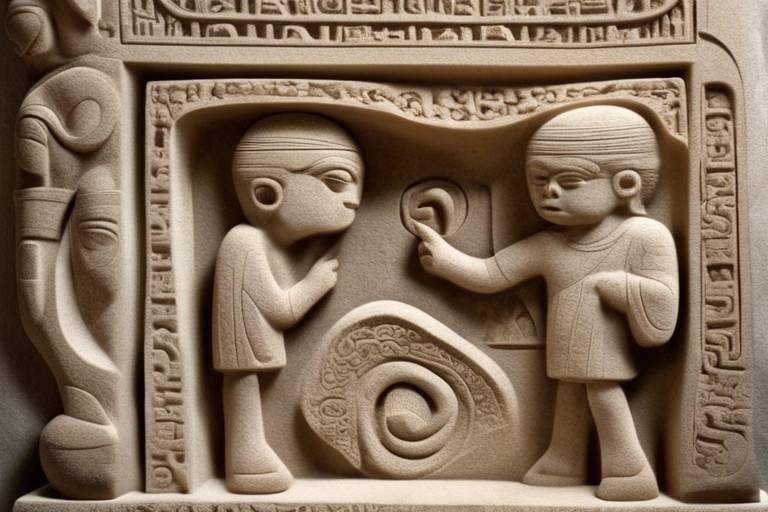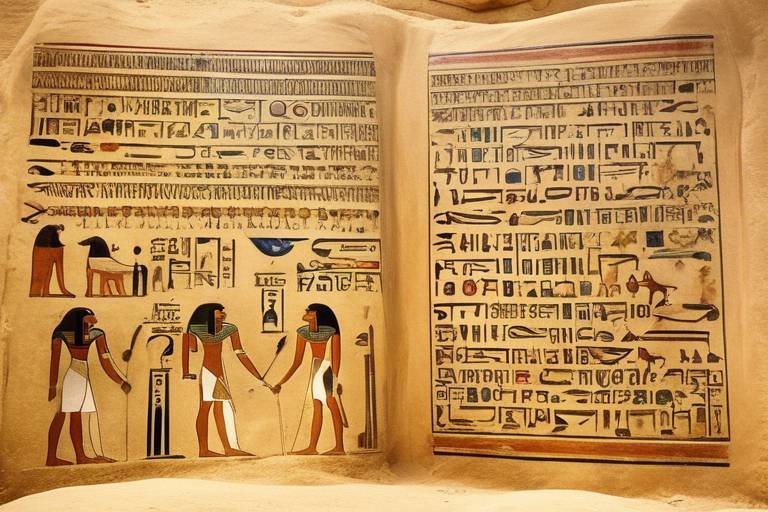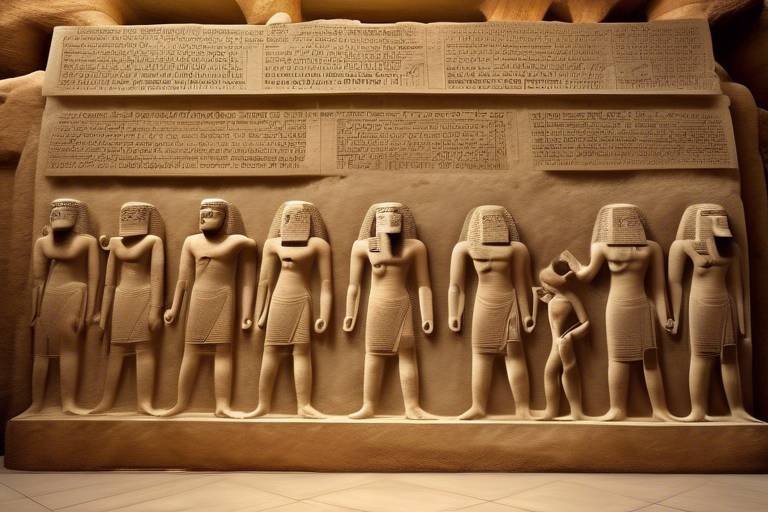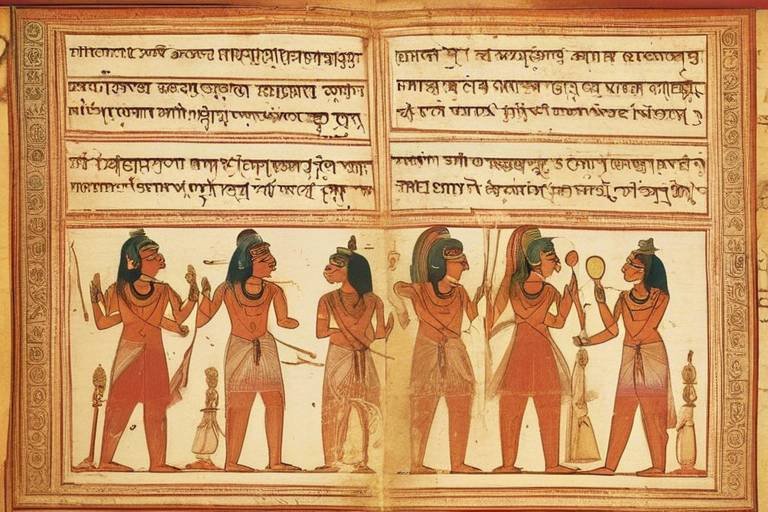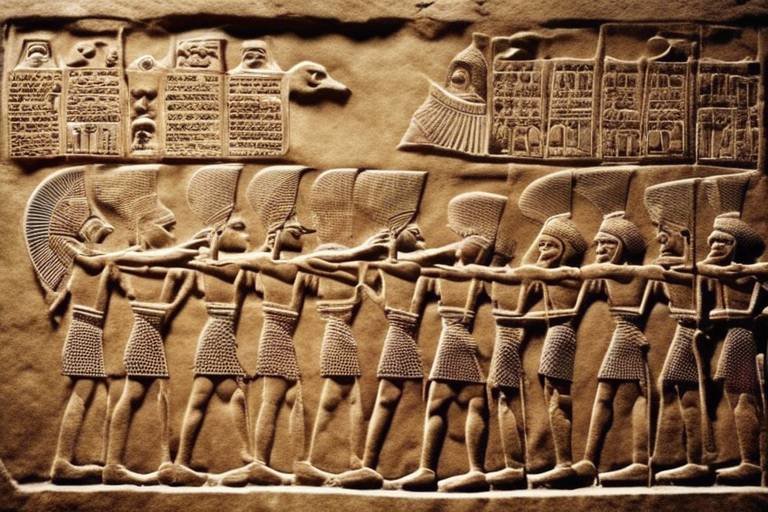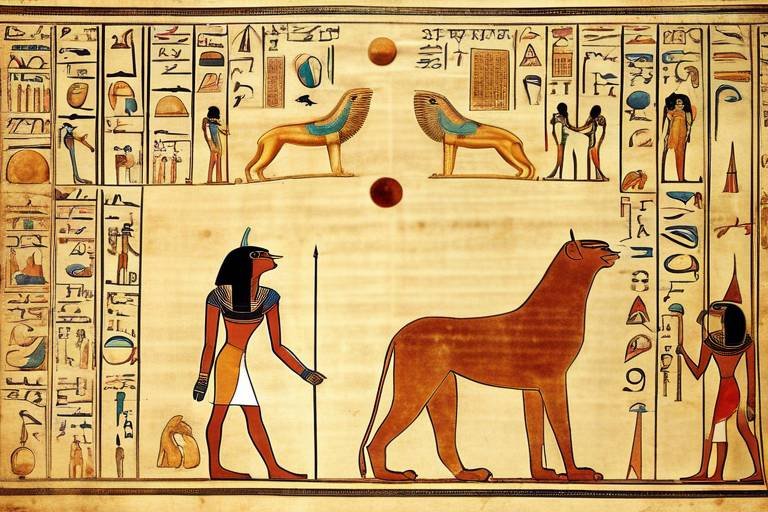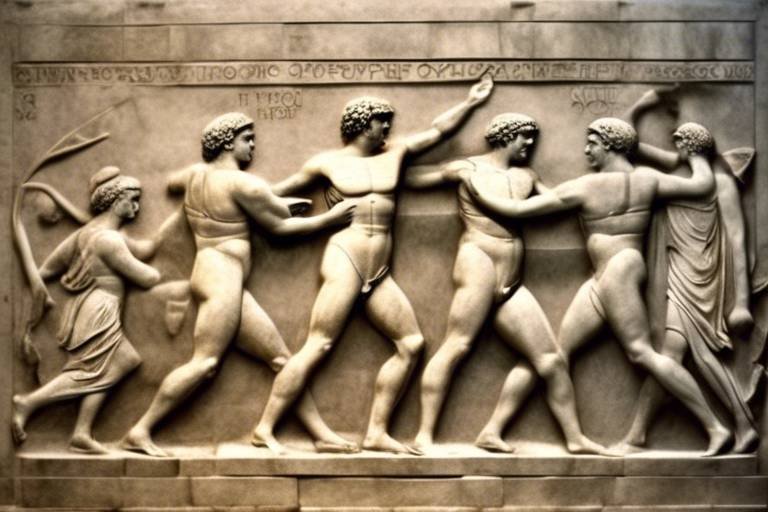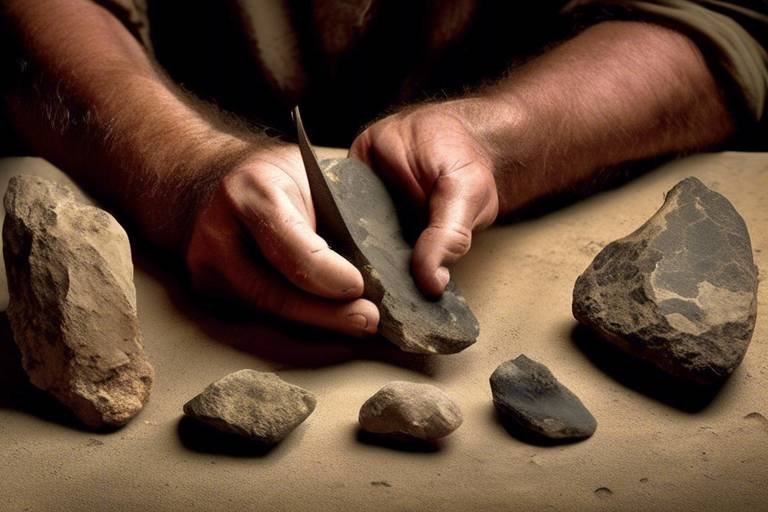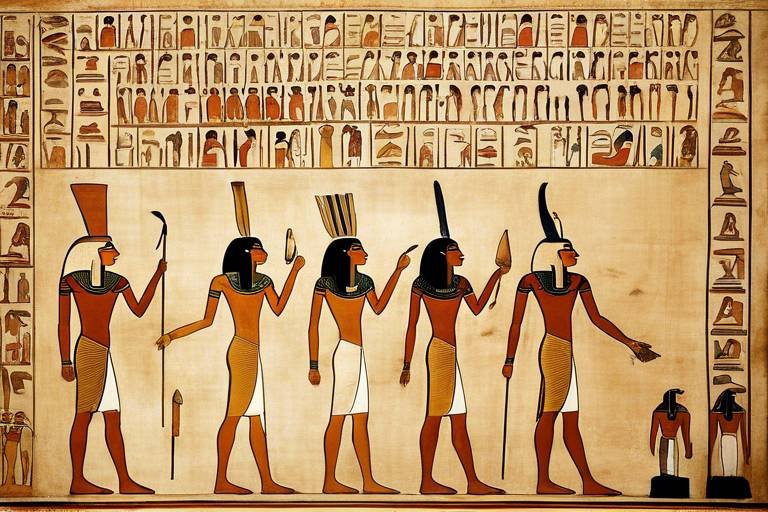The Secrets of Ancient Egyptian Mathematics and Science
Ancient Egyptians made significant contributions to mathematics and science, paving the way for future advancements in these fields. Their innovative techniques in geometry, arithmetic, astronomy, medicine, and engineering continue to fascinate and inspire researchers worldwide. Let's delve into the mysteries behind their advanced knowledge and explore the profound impact it had on their civilization.
Ancient Egyptian mathematics was characterized by a unique numeral system that utilized hieroglyphs to represent numbers. These symbols were not only used for counting but also for performing basic arithmetic operations and solving complex mathematical problems. The Egyptians' mastery of numbers allowed them to make precise measurements for construction projects, land surveys, and trade transactions.
When it comes to geometry, the ancient Egyptians were true pioneers. They applied geometric principles in the design and construction of monumental structures such as pyramids, temples, and tombs. By understanding the properties of shapes and angles, they were able to create architectural marvels that stood the test of time, showcasing their advanced knowledge of spatial relationships and mathematical concepts.
Astronomy held a special place in ancient Egyptian society, with the alignment of monumental structures like the Great Sphinx and the temples of Karnak with celestial events serving both practical and religious purposes. The Egyptians closely observed the movements of the sun, moon, and stars, developing calendars to track time and predict seasonal changes. Their cosmic beliefs and astronomical knowledge influenced various aspects of their culture and rituals.
Ancient Egyptian medicine was another area where their expertise shone brightly. Through practices such as surgery, dentistry, and pharmacology, they demonstrated a deep understanding of human anatomy and the treatment of ailments. Their medical knowledge, including the use of herbal remedies and surgical techniques, laid the foundation for modern healthcare practices and played a crucial role in shaping the field of medicine.
Engineering feats abound in ancient Egypt, with the construction of massive pyramids like the Great Pyramid of Giza standing as a testament to their architectural prowess. The Egyptians developed sophisticated techniques and tools for quarrying stone, transporting materials, and building complex irrigation systems that supported agriculture along the Nile River. Their engineering achievements continue to astound and inspire engineers and historians alike.
Alchemy, a blend of science and mysticism, also found a place in ancient Egyptian culture. The quest for transmutation and immortality through symbolic processes and rituals captivated the minds of alchemists. The symbolic meanings behind alchemical practices and the philosophical underpinnings of Egyptian alchemy left a lasting impact on the development of Western alchemical traditions.
Ancient Egyptian mathematics and science were not confined to scholarly pursuits but permeated daily life in various practical ways. From managing trade transactions and agricultural activities to overseeing construction projects and architectural designs, mathematical concepts played a crucial role in shaping the fabric of Egyptian society. The legacy of their mathematical innovations continues to resonate in modern-day applications and research.
In conclusion, the legacy of ancient Egyptian mathematics and science endures as a testament to the ingenuity and wisdom of this ancient civilization. Their contributions have left an indelible mark on fields such as mathematics, astronomy, medicine, and engineering, influencing the course of human history and inspiring generations of scholars and innovators. The secrets of their knowledge continue to be unlocked, offering a glimpse into a bygone era of intellectual achievement and innovation.

Ancient Egyptian Numerals
Ancient Egyptian Numerals were a unique and fascinating aspect of their mathematical system. Instead of using the familiar Arabic numerals we use today, the ancient Egyptians had their own set of hieroglyphs to represent numbers. These hieroglyphs ranged from simple strokes representing units to more complex symbols for larger numbers.
Performing basic arithmetic operations using these hieroglyphic numerals required a different approach compared to modern methods. Addition, subtraction, multiplication, and division were all possible with their system, showcasing the Egyptians' mathematical prowess. They employed innovative techniques to manipulate these symbols and solve mathematical problems efficiently.
The ancient Egyptians utilized a decimal system, similar to ours, where each digit's value depended on its position within a number. This positional notation allowed them to represent large numbers using a combination of symbols. By understanding the placement of these hieroglyphs, they could express quantities accurately and perform complex calculations.
Moreover, the Egyptians had distinct symbols for powers of ten, making it easier to work with multiples of these base units. This hierarchical structure in their numeral system facilitated calculations involving significant figures and contributed to the advancement of their mathematical knowledge.

Geometry in Ancient Egypt
Ancient Egyptians were masters of geometry, utilizing this mathematical discipline in various aspects of their society. The precision and intricacy of their architectural marvels, such as the pyramids and temples, showcase their profound understanding of shapes and measurements. Geometry played a crucial role in construction, surveying, and design, enabling them to create structures that have endured for millennia.
One of the most fascinating applications of geometry in ancient Egypt was in the layout and construction of the pyramids. The alignment of these monumental structures with cardinal points and the precise angles of their sides demonstrate the Egyptians' expertise in geometric principles. By incorporating geometric calculations into their architectural designs, they were able to achieve remarkable symmetry and stability in their constructions.
Moreover, geometry was essential in the surveying of land for agricultural purposes, as well as in the planning of cities and infrastructure. The ability to measure and calculate areas, volumes, and angles allowed the ancient Egyptians to optimize resource allocation and urban development. Their utilization of geometric concepts in everyday tasks highlights the practical significance of geometry in shaping their civilization.
Through the study of geometric patterns in ancient Egyptian artifacts and structures, modern researchers continue to unravel the sophisticated mathematical knowledge possessed by this ancient civilization. The legacy of Egyptian geometry endures as a testament to their intellectual achievements and innovative applications of mathematical principles in various fields.

Ancient Egyptian Astronomy
Unravel the secrets of ancient Egyptian astronomy, a discipline deeply intertwined with their spiritual beliefs and daily life. The ancient Egyptians meticulously observed celestial bodies, aligning their monumental structures with the movements of the stars and planets. Their keen understanding of astronomy was not only for scientific purposes but also played a crucial role in their religious practices and agricultural calendars.
One of the most fascinating aspects of ancient Egyptian astronomy is the alignment of structures such as the Great Pyramid of Giza with specific astronomical events like the solstices. This precision in construction reflects their advanced knowledge of the cosmos and the importance they placed on celestial phenomena in their culture.
Ancient Egyptian astronomers developed sophisticated calendars based on the movement of the sun and stars, allowing them to predict events like the annual flooding of the Nile River. This mastery of timekeeping was essential for agricultural planning and religious ceremonies, demonstrating the practical applications of their astronomical knowledge.
Moreover, the ancient Egyptians believed that the stars and planets held significant influence over human affairs and the afterlife. By studying the heavens, they sought to understand the will of the gods and ensure harmony between the earthly realm and the celestial realm.
Through their observations of the night sky and the development of complex astronomical systems, the ancient Egyptians left a lasting legacy in the history of science and culture. Their contributions to astronomy not only advanced their civilization but also laid the foundation for future scientific endeavors and philosophical inquiries.

Ancient Egyptian Medicine
Ancient Egyptian medicine was a blend of science, spirituality, and practicality, reflecting the holistic approach of the ancient Egyptians towards healthcare. The practice of medicine in ancient Egypt was deeply rooted in their beliefs in magic and the supernatural, alongside empirical observations and practical treatments.
Physicians in ancient Egypt, known as "swnw," were highly respected and held in high regard for their knowledge and skills in treating various ailments. They utilized a combination of herbal remedies, surgical procedures, and magical incantations to heal the sick and alleviate suffering.
The ancient Egyptians had a sophisticated understanding of anatomy, as evidenced by their mummification practices. They believed in preserving the body for the afterlife, leading to detailed knowledge of internal organs and bodily systems. This knowledge also extended to dentistry, with evidence of dental procedures and treatments found in archaeological remains.
Medical papyri, such as the Ebers Papyrus and the Edwin Smith Papyrus, provide valuable insights into the medical knowledge and practices of ancient Egypt. These documents contain descriptions of various diseases, treatments, and surgical techniques used by ancient Egyptian physicians.
One notable aspect of ancient Egyptian medicine was the emphasis on preventive care and maintaining overall health. They recognized the importance of cleanliness, proper nutrition, and physical activity in preventing illnesses and promoting well-being.
Ancient Egyptian medicine not only influenced the practices of neighboring civilizations but also laid the foundation for modern medical principles. The holistic approach to healthcare, the use of herbal remedies, and the focus on preventive medicine are aspects of ancient Egyptian medicine that continue to resonate in modern healthcare practices.
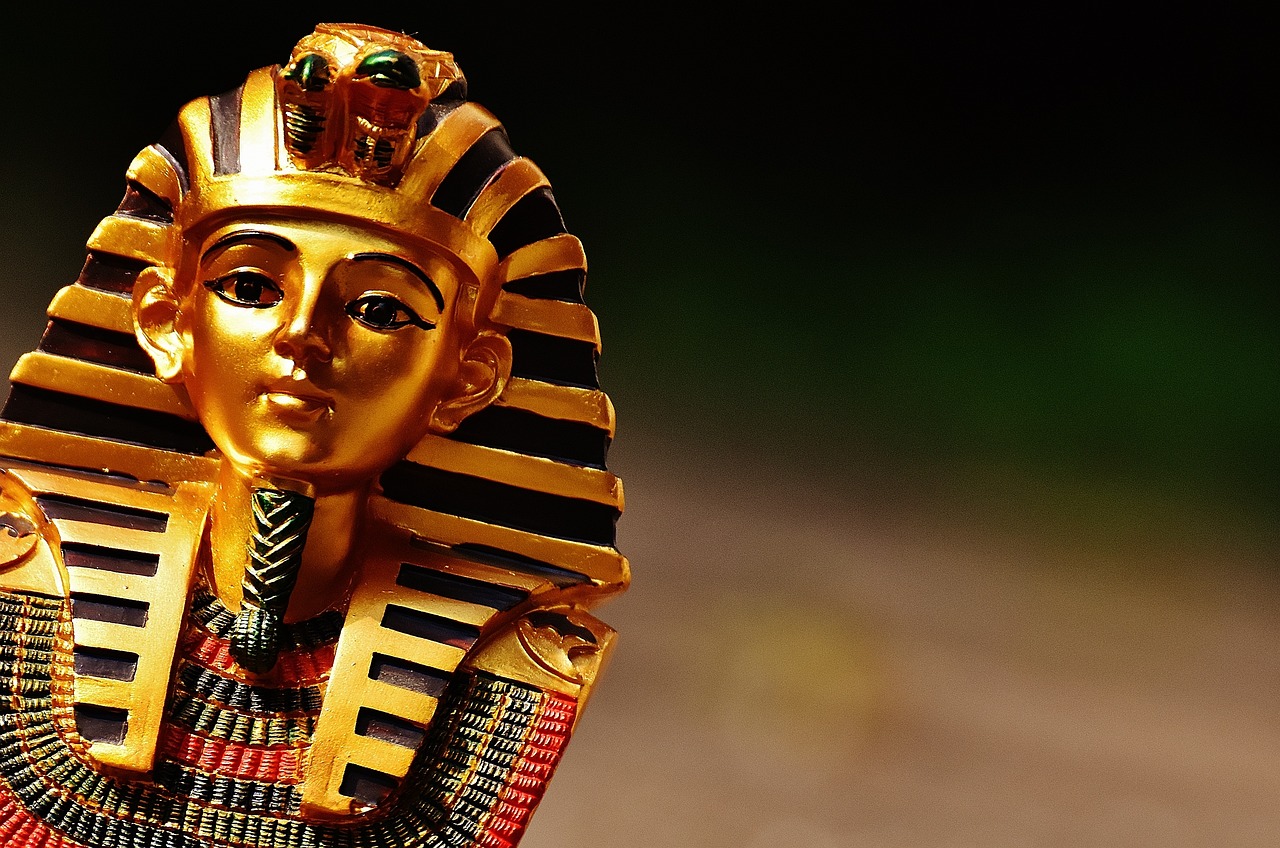
Engineering Marvels of Ancient Egypt
Ancient Egypt is renowned for its remarkable engineering marvels that continue to captivate the world with their ingenuity and grandeur. The ancient Egyptians demonstrated unparalleled skill and innovation in the construction of monumental structures that have stood the test of time, showcasing their advanced engineering capabilities.
One of the most iconic engineering achievements of ancient Egypt is the construction of the Great Pyramid of Giza, a colossal monument that has puzzled researchers and historians for centuries. The precision and scale of the pyramid's design are a testament to the meticulous planning and engineering prowess of the ancient Egyptians.
Furthermore, the intricate irrigation systems developed by the ancient Egyptians played a crucial role in sustaining agriculture along the fertile banks of the Nile River. These sophisticated systems allowed for efficient water distribution, enabling the cultivation of crops and supporting the flourishing civilization of ancient Egypt.
The construction of temples and other architectural marvels also showcased the advanced engineering skills of the ancient Egyptians. The precise alignment of structures with celestial events and the incorporation of mathematical principles in their design highlight the sophisticated understanding of geometry and engineering principles prevalent in ancient Egyptian society.
Ancient Egyptian engineers utilized innovative tools and techniques to overcome various challenges in construction, such as moving massive stone blocks and ensuring structural stability. The legacy of their engineering achievements continues to inspire awe and admiration, serving as a testament to the enduring legacy of ancient Egyptian civilization.

Ancient Egyptian Alchemy
Dive into the mystical world of ancient Egyptian alchemy, where science and spirituality intertwined in the pursuit of transmutation and eternal life. The ancient Egyptians believed in the transformation of base metals into gold and the elixir of life, seeking the secrets of immortality through their alchemical practices.
Alchemy in ancient Egypt was not just about physical transmutation but also spiritual enlightenment, symbolizing the journey of the soul towards perfection. Alchemists used symbolic language and intricate rituals to convey their philosophical ideas, aiming to unlock the mysteries of the universe and human existence.
The practice of alchemy in ancient Egypt was deeply rooted in symbolism and mysticism, with alchemists viewing the elements of nature as representations of spiritual principles. Through the manipulation of substances and the study of natural phenomena, they sought to uncover the hidden truths of the cosmos and achieve spiritual enlightenment.
Ancient Egyptian alchemy laid the foundation for later alchemical traditions, influencing the development of Western alchemy and medieval chemistry. The symbolic imagery and philosophical concepts of Egyptian alchemy permeated through the ages, leaving a lasting impact on the quest for knowledge and understanding of the natural world.
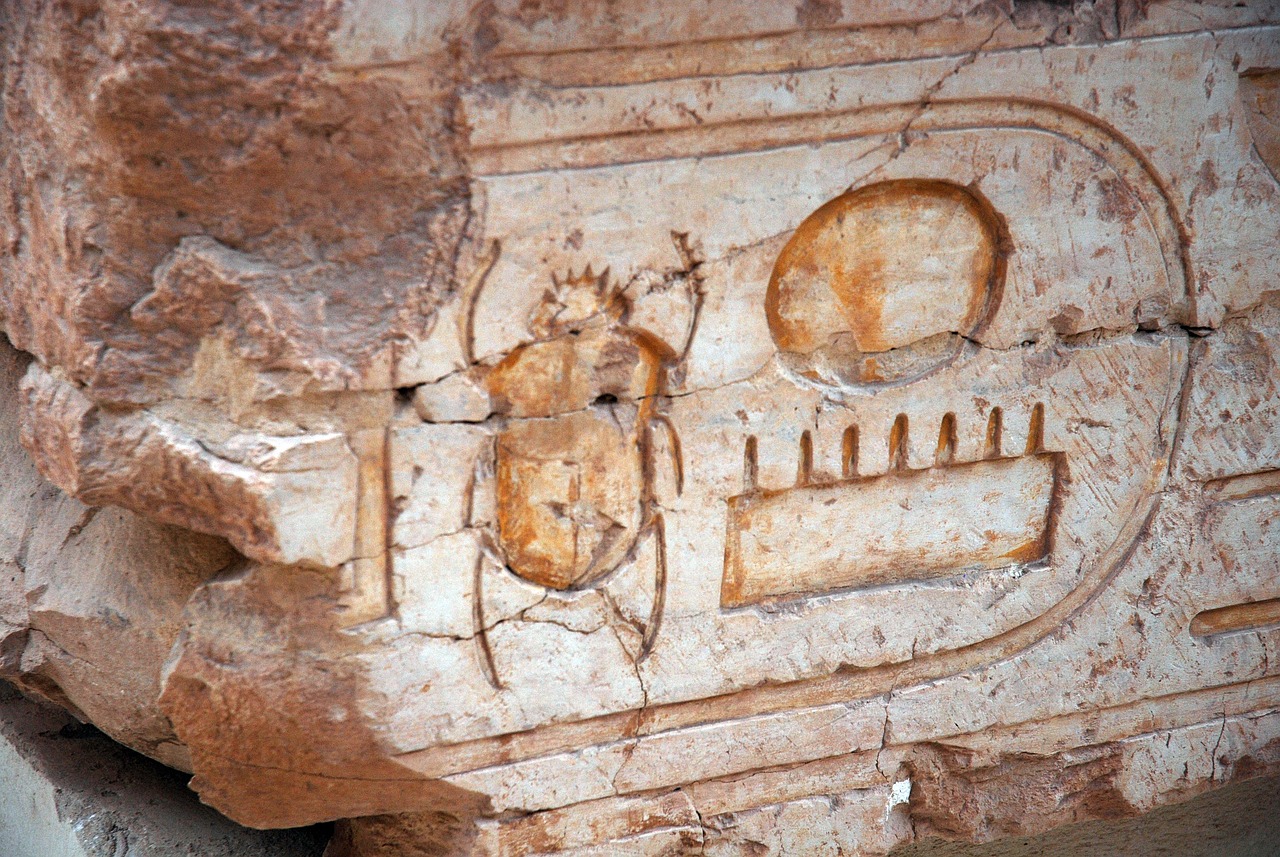
Ancient Egyptian Mathematics in Daily Life
Ancient Egyptian mathematics played a crucial role in the daily lives of the people, influencing various aspects of their society. From trade to construction, the application of mathematical concepts was widespread and integral to the functioning of Egyptian civilization. The use of basic arithmetic, geometry, and measurement systems facilitated activities such as commerce, agriculture, and architectural design.
One of the key areas where mathematics was prominently utilized was in trade and commerce. Ancient Egyptians engaged in extensive trading activities both domestically and internationally, requiring accurate calculations for transactions, bartering, and record-keeping. The use of numerical systems and mathematical operations enabled merchants to conduct business efficiently and accurately.
In agriculture, mathematical knowledge was essential for land surveying, irrigation planning, and crop management. The precise measurement of fields, calculation of harvest yields, and development of irrigation systems relied on mathematical principles. This ensured the sustainable cultivation of crops and the prosperity of agricultural communities.
Furthermore, the construction of monumental structures such as temples, tombs, and pyramids showcased the advanced understanding of geometry by ancient Egyptians. The precise alignment of structures, the symmetry of designs, and the calculations of dimensions all required mathematical expertise. The application of geometric principles in architecture not only resulted in visually striking buildings but also ensured their structural stability and longevity.
Moreover, the use of mathematics in daily life extended to areas such as timekeeping, calendar systems, and religious rituals. The development of calendars based on astronomical observations, the division of time into days and seasons, and the organization of religious festivals all involved mathematical calculations. The alignment of religious ceremonies with celestial events demonstrated the spiritual significance of mathematics in Egyptian culture.
In essence, ancient Egyptian mathematics permeated every aspect of daily life, shaping the way people interacted with their environment, organized their society, and expressed their cultural beliefs. The practical application of mathematical concepts not only facilitated daily activities but also reflected the profound intellectual achievements of a civilization that continues to intrigue and inspire us today.

The Legacy of Ancient Egyptian Science
Ancient Egyptian science and mathematics have left an indelible mark on the course of human history, shaping the development of various fields and influencing generations to come. The legacy of their groundbreaking discoveries continues to captivate researchers and scholars, offering valuable insights into the advanced knowledge and innovative techniques of this ancient civilization.
One of the most remarkable aspects of ancient Egyptian science is its enduring impact on mathematics. The Egyptians' proficiency in arithmetic, geometry, and algebra laid the foundation for future mathematical advancements. Their geometric principles, such as the formula for calculating the volume of a pyramid, exemplify their sophisticated understanding of mathematical concepts.
Furthermore, ancient Egyptian astronomy played a crucial role in the development of early astronomical observations and calendars. By studying the movements of celestial bodies and aligning monumental structures with astronomical events, the Egyptians demonstrated a keen awareness of the cosmos and its significance in their society.
In the realm of medicine, the practices of ancient Egyptians set a precedent for modern healthcare. Their knowledge of anatomy, surgical techniques, and pharmacology paved the way for advancements in medical science. The use of herbal remedies and surgical instruments showcased their expertise in treating various ailments and injuries.
Moreover, the engineering marvels of ancient Egypt, such as the construction of the pyramids and the development of irrigation systems, attest to the ingenuity of Egyptian engineers. Their mastery of architectural techniques and innovative construction methods enabled them to create enduring structures that continue to awe and inspire to this day.
As we reflect on the legacy of ancient Egyptian science, we recognize the profound impact it has had on shaping the modern world. From mathematics to astronomy, medicine to engineering, the contributions of the ancient Egyptians have left an indelible mark on human civilization, serving as a testament to their enduring legacy of innovation and discovery.
Frequently Asked Questions
- What were the main contributions of ancient Egyptians to mathematics and science?
Ancient Egyptians made significant contributions to various fields including geometry, arithmetic, astronomy, medicine, and engineering. Their innovative techniques and advanced knowledge had a profound impact on their civilization.
- How did ancient Egyptians represent numbers and perform arithmetic operations?
Ancient Egyptians used a unique numeral system with hieroglyphs to represent numbers. They applied these symbols to perform basic arithmetic operations and solve mathematical problems, showcasing their mathematical prowess.
- What role did geometry play in ancient Egyptian society?
Ancient Egyptians applied geometry in construction, surveying, and architecture. They demonstrated an advanced understanding of shapes and measurements, evident in the design of pyramids, temples, and other structures.
- What were the key aspects of ancient Egyptian astronomy?
Ancient Egyptians made significant observations of celestial bodies, developed calendars, and aligned monumental structures with astronomical events. Their beliefs about the cosmos and the importance of astronomy in their society are fascinating.
- How did ancient Egyptians contribute to the field of medicine?
Ancient Egyptians practiced various medical techniques including surgery, dentistry, and pharmacology. Their knowledge of anatomy, diseases, and treatments laid the foundation for modern medical practices and influenced healthcare in antiquity.
- What engineering marvels did ancient Egyptians create?
Ancient Egyptians achieved remarkable engineering feats such as building massive pyramids and intricate irrigation systems. Their innovative techniques and tools in construction have stood the test of time and continue to inspire awe.
- What was the significance of alchemy in ancient Egyptian culture?
Ancient Egyptian alchemy combined science and mysticism in the pursuit of transmutation and immortality. The symbolic meanings behind alchemical processes and their influence on later civilizations are intriguing aspects of their culture.
- How did ancient Egyptian mathematics influence daily life?
Ancient Egyptians applied mathematical concepts in various daily activities like trade, agriculture, and construction. The practical uses of mathematics in their society shaped their daily lives and had a lasting impact on their civilization.
- What is the enduring legacy of ancient Egyptian science?
Ancient Egyptian mathematics and science have left a lasting impact on future civilizations, shaping fields such as mathematics, astronomy, medicine, and engineering. Their knowledge continues to inspire researchers and scholars, reflecting the enduring legacy of their contributions.



